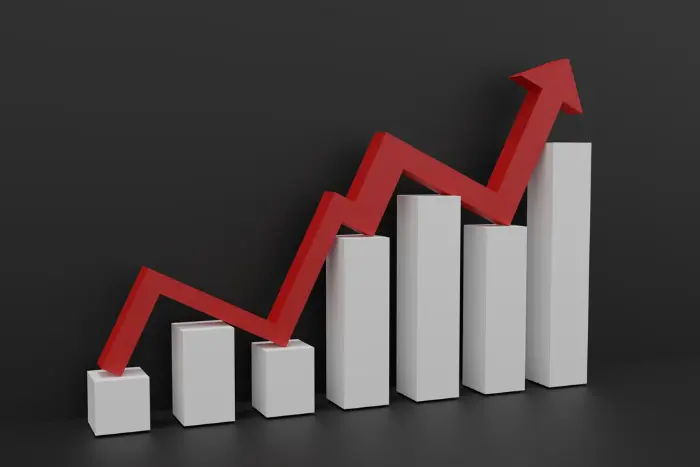How is continuing tariff conflict impacting Australia?
 Get your Free Report on Top 5 ASX stocks for 2025
Get your Free Report on Top 5 ASX stocks for 2025
The US-China trade war shows no signs of abating, rather it continues to accelerate. America has put 25% tariffs on $250 billion worth of Chinese imports, and may add an additional 10% tariff on the remaining $300 billion.
Tariffs have been applied over the years to protect home-grown industries by getting locals to buy goods produced domestically and target competitors who are seen as using unfair trade practices. They impose costs on both importers and exporters and had been in decline until the recent U.S.-China trade spat.
Tariffs had fallen out of favour earlier because they often lead to reduced trade, higher prices for consumers in tariff wielding countries and retaliation from abroad. With tariffs once again rising under U.S. President Trump and global trade slowing, many experts fear companies could soon face higher costs and the world economy could suffer.
An escalating trade war between the US and China has pushed the Australian stock market down in the last week, with the benchmark ASX200 index dropping more than 2.4% on Tuesday. No sector was spared, with retailers, financiers and miners all down as a wave of red swept the board. Global markets have also been falling for the past few days amid this escalating conflict.
This kind of damage to superannuation savings of the drop in a market has not been seen since the 2008 global financial crisis. Economists have even warned that if the battle between the US and China continued, the government might need to feed cash into the Australian economy to reduce the chance of a recession.

Latest Article






Checkout Our Recommendation for free - 7 days free trial
Start Free TrialDisclaimer
Veye Pty Ltd(ABN 58 623 120 865), holds (AFSL No. 523157 ). All information provided by Veye Pty Ltd through its website, reports, and newsletters is general financial product advice only and should not be considered a personal recommendation to buy or sell any asset or security. Before acting on the advice, you should consider whether it’s appropriate to you, in light of your objectives, financial situation, or needs. You should look at the Product Disclosure Statement or other offer document associated with the security or product before making a decision on acquiring the security or product. You can refer to our Terms & Conditions and Financial Services Guide for more information. Any recommendation contained herein may not be suitable for all investors as it does not take into account your personal financial needs or investment objectives. Although Veye takes the utmost care to ensure accuracy of the content and that the information is gathered and processed from reliable resources, we strongly recommend that you seek professional advice from your financial advisor or stockbroker before making any investment decision based on any of our recommendations. All the information we share represents our views on the date of publishing as stocks are subject to real time changes and therefore may change without notice. Please remember that investments can go up and down and past performance is not necessarily indicative of future returns. We request our readers not to interpret our reports as direct recommendations. To the extent permitted by law, Veye Pty Ltd excludes all liability for any loss or damage arising from the use of this website and any information published (including any indirect or consequential loss, any data loss, or data corruption) (as mentioned on the website www.veye.com.au), and confirms that the employees and/or associates of Veye Pty Ltd do not hold positions in any of the financial products covered on the website on the date of publishing this report. Veye Pty Ltd hereby limits its liability, to the extent permitted by law to the resupply of services.